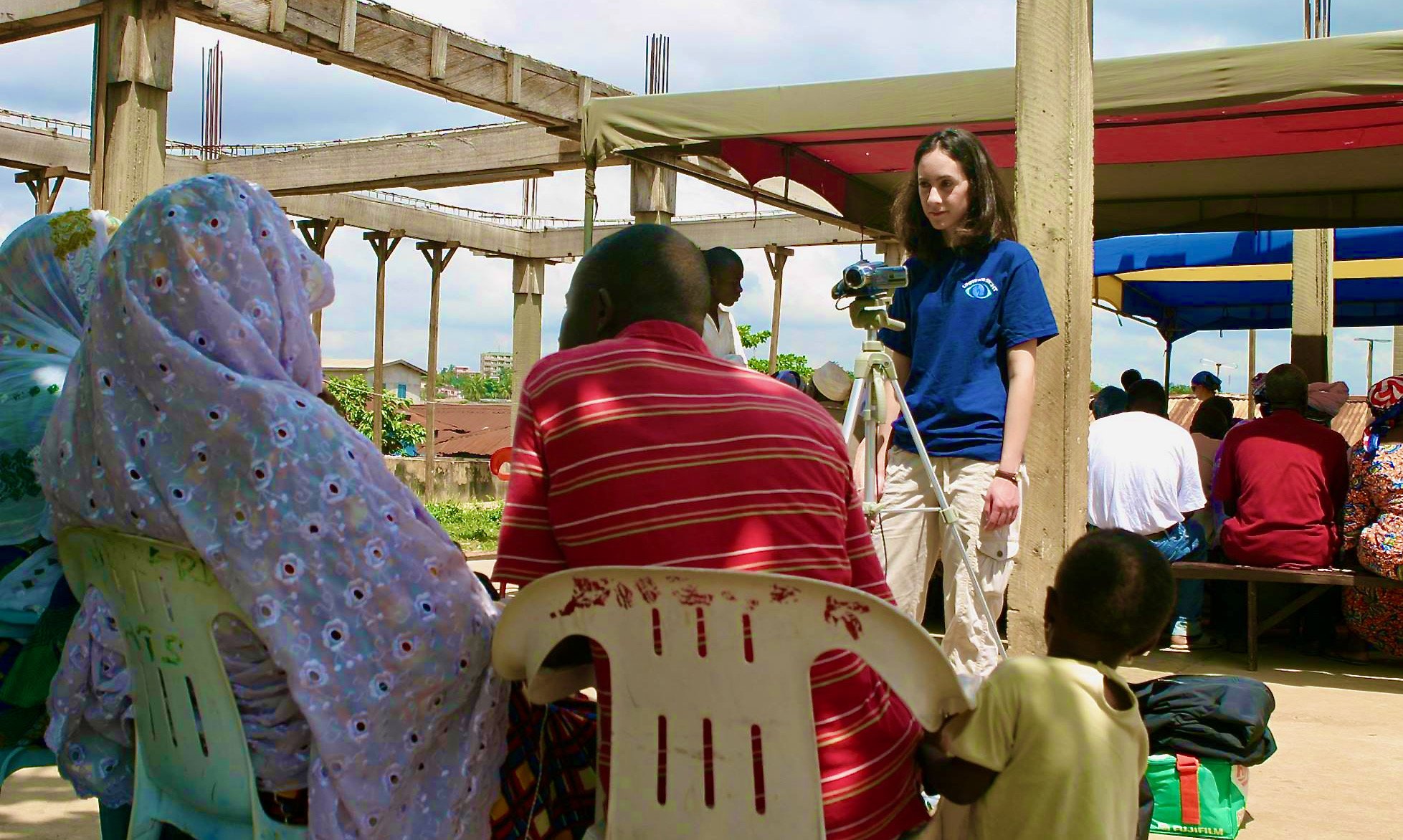
CERTIFICATE IN RESPONSIBLE NGO MANAGEMENT
Course 2: Local Context Matters in Program Development
In addition to collaborating with local people, it is also crucial to consider the local context. The importance of understanding local context and culture is illustrated through the experience of 1298, an organization developed in Bombay, India, which strives to provide high quality ambulance services for all. The organization uses a sliding-scale method to determine fees, and those who elect to be transported to the public hospital for treatment do not have to pay at all. To save money, the organization originally thought they could staff each ambulance with only a driver and a doctor. This staff structure required that the doctors help lift the patients on to the ambulance. However, since doctors are accorded high status in India and are not expected to engage in more menial tasks and manual labor, the doctors employed by 1298 were thought to be of low quality. Upon realizing this, 1298 decided to employ an assistant for each ambulance, which the primary purpose of lifting the patient into the ambulance.(1)
World Bicycle Relief is an organization in its pilot stage that has reported early success in considering local context. World Bicycle Relief was founded by Frederick K.W. Day, a Chicago businessman, and focuses on providing bicycles to children and young adults so that they can attend school. Initially, the organization planned to ship used bicycles from the United States, but after visiting the rural communities of Zimbabwe that the bikes were intended for, he realized that no bike from the U.S. would survive in such harsh environments. Thus, after consulting with local people, Day decided to create a 55 pound, 1 speed bike. In addition to taking into account the local environment, the organization also ensured that the program would be effective by considering the local culture. In many countries in Africa, including Zimbabwe, women and girls are regarded as lower status citizens, and many men do not think they should be allowed to own anything valuable. Therefore, to ensure that fathers and older brothers do not confiscate the bicycles from the girls, the organization enlisted the help of village elders to oversee the program and ensure that the girls are permitted to keep their bikes. Additionally, that elders will be able to keep their bicycles if the program runs well for two years.(2)
From these examples, it is evident that the success of a given program depends on local context, and communities must be supported to succeed within the context of their own limitations. Poor-rich health disparities also make it necessary for programs to operate effectively within the local context. For example, in Zambia, about 90% of the richest women receive medical assistance during childbirth, while only 20% of the poorest women receive assistance. Thus, programs in poorer areas should focus on education and should work to increase utilization of trained medical personnel during childbirth, while programs in richer areas should have a different focus. “There are variations between countries with regard to the specific groups that need to be targeted by maternal health services. These variations further suggest that the factors and processes causing poor-rich disparities may strongly vary from country to country.”(3) For this reason, it is essential to consider the local context in order to determine the different barriers to care and to understand the features of a given society that influence the pattern and magnitude of health inequities.(4)
Footnotes
(1) Novogratz, J. (2007). Meeting urgent needs with patient capital. Innovations: Technology, Governance, Globalization, 2(1-2), 19-30.
(2) Kristof, N. (Sep. 15, 2010). “A Boy and a Bicycle(s).” New York Times. http://www.nytimes.com/2010/09/16/opinion/16kristof.html?_r=1&src=me&ref=homepage.
(3) Kunst, A. E., & Houweling, T. (2001). A global picture of poor-rich differences in the utilisation of delivery care. Safe motherhood strategies: a review of the evidence.
(4) Ibid.
